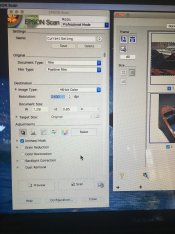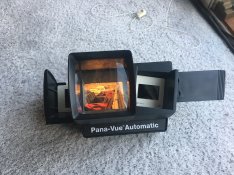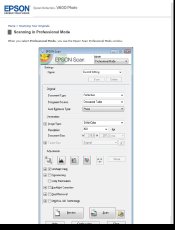Alan Edward Klein
Member
The speed also doubles if you use ICE which takes out the dust.
Right now I have (43) 50 foot reels of 8mm movies my father-in-law took of my wife and sister when they were kids and many of my father-in-laws vacations. I had one scanned by a lab to see what it looked like. It was very nice. However, I'm not really interested going through 43 reels. (2 hours of viewing) and my wife still after all these years has not gone through them to flag which ones she wants me to scan digitally. The point is if your try to scan every slide, you might give up the project after a few carousels. If you're more picky, you'll keep the good ones and maybe, just maybe, complete the scanning project before you blow your brains out.
That's what I said earlier. When I did mine, and I didn;t have that many carousels, I went through each carousel and pulled a couple out of each one. A few I kept all or most. I threw the rest out along with the projector that was broken. The fact is, you won't look at all the slides and certainly no one else will either. It's a hard decision. But I had to be realistic.OMFG. God help me. ....Now I finally understand the various "you have no idea what you're in for" gabs coming from @mgb74 and others in this thread!
I honestly thought the scanner did a swipe like a photocopier -- or any other traditional flatbed scanner I've ever worked with. Even HALF that time, 10 minutes, is insane.
@Wallendo forgot to add above that I appreciate your reference to "beaucoups" of family photos. There honestly might be tens of thousands, and indeed, not all of them require (nor will receive) preferential treatment.
When I was very young, my grandfather would subject the extended family to rousing renditions of Make It ...or Break It? He'd widdle down to 2-3 shots of the same scene, put them into carousels, then make the family vote on the best one. The other two were chucked in a waste-basket on the floor beside him. (LOL, I can still hear the sound of that slide projector perfectly.)
Now it is me doing a final round of same.
Right now I have (43) 50 foot reels of 8mm movies my father-in-law took of my wife and sister when they were kids and many of my father-in-laws vacations. I had one scanned by a lab to see what it looked like. It was very nice. However, I'm not really interested going through 43 reels. (2 hours of viewing) and my wife still after all these years has not gone through them to flag which ones she wants me to scan digitally. The point is if your try to scan every slide, you might give up the project after a few carousels. If you're more picky, you'll keep the good ones and maybe, just maybe, complete the scanning project before you blow your brains out.






